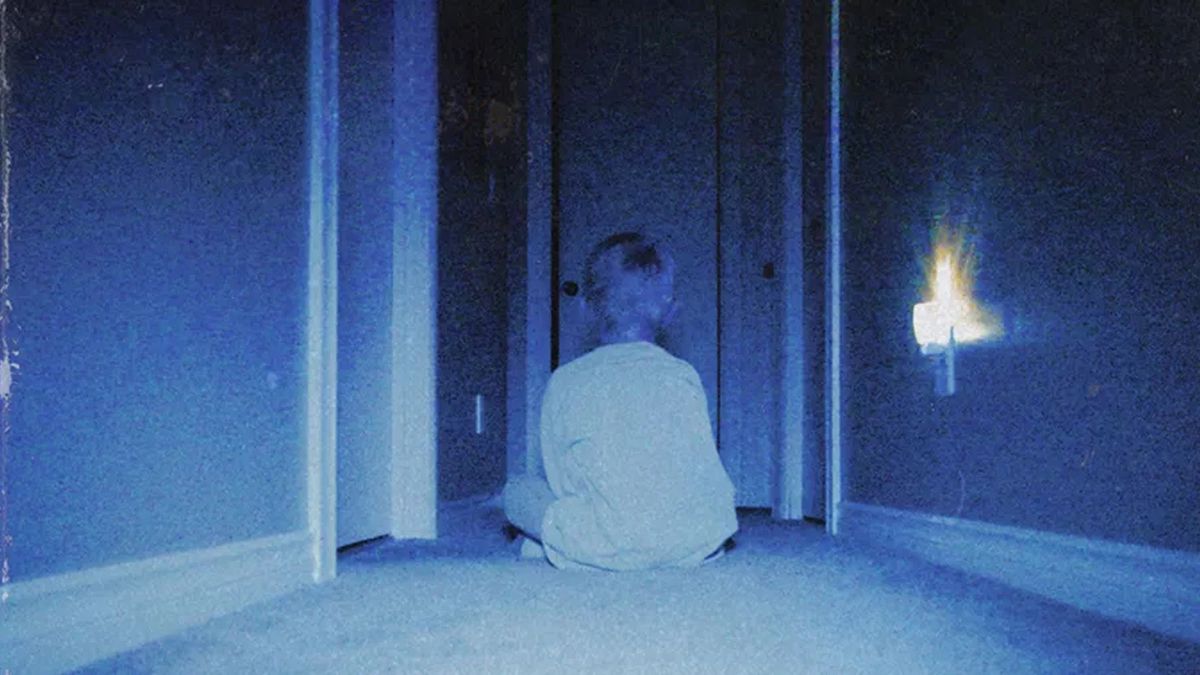By Kevin Pham
Staff Writer
The arts have been an integral part of the American education experience, as it allows students of all backgrounds to explore their creativity. When applying to college, one of the A-G requirements states that students are recommended to involve themselves in at least one visual and performing arts course. This visual and performing arts requirement for students should continue to be an A-G requirement.
According to the University of California Office of the President, “ a [high school education] ensure that students have attained a body of general knowledge that will provide breadth and perspective to new, more advanced study.”
This core concept is accomplished by the California A-G requirement. The requisite mandates students to complete; 2 years of Social Science or History, 4 years of English, 3 years of Mathematics, 2 years of Laboratory science, 2 years of a foreign language, 1 year of a visual performing arts, and a college preparatory course; during the course of their high school career.
“I think students should be encourage to do more that the A-G requirement,” states Marilyn Arsem, a performing arts professor at the School of the Museum of Fine Arts in Boston. “The longer I teach performing arts, the more compelled I feel to create an environment where students are not afraid to express themselves.”
Not only should the arts continue to be an A-G requirement, schools should also encourage students to enroll and participate beyond the minimum statement. The importance of visual and performing arts is already deemed an integral part of education by the California University System, high schools must allow students a larger variety of outlets to meet and exceed such requirement.
An article from the Huffington Post reports, “Creativity isn’t a test to take, a skill to learn, or a program to develop.”
Students need to be inspired to innovate and school’s should be a vessel that encourages pupils to do just that. The unique style in which visual and performing arts are taught allows students to have free reign on their education. There is no curriculum for creating art. Visual and performing arts gives students a balance between academics and creativity.
The Public Broadcasting Service reports that “visual and performing arts offers pupils and experience that can not be found in any other academic class.”
In a field where students are constantly discouraged from pursuing their passions, it is imperative that high school students be given the opportunity to immerse themselves in performing arts programs. The confining nature of standard academic rigor forces students to conform rather than freely express.
It is clear, the visual and performing arts requirement is a necessity for developing teenagers. The arts offers a place where all participants are motivated to increase their capacity for curiosity and inspiration for innovation.

